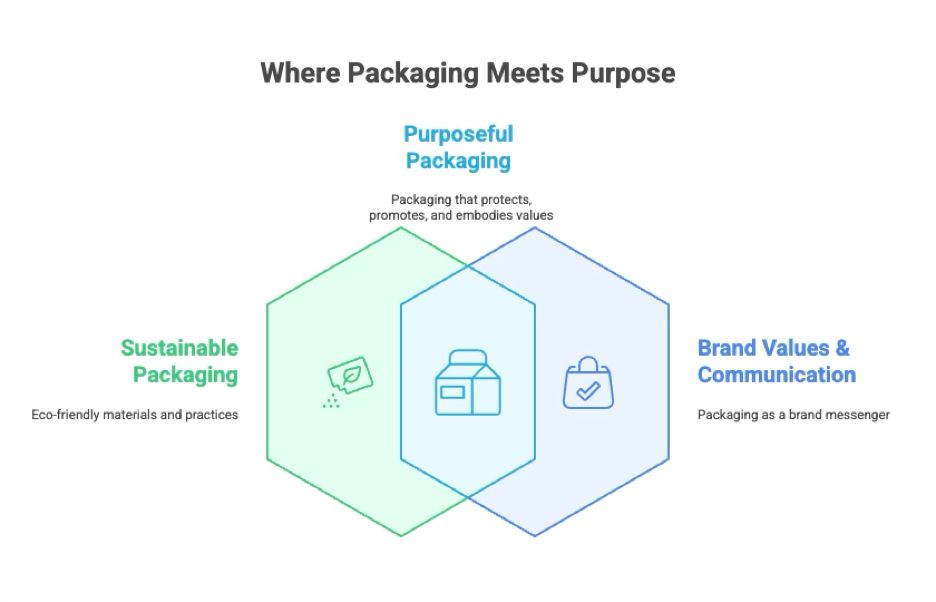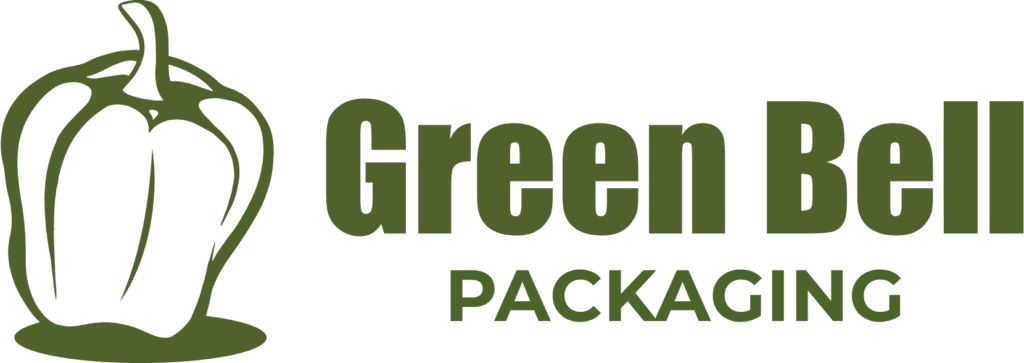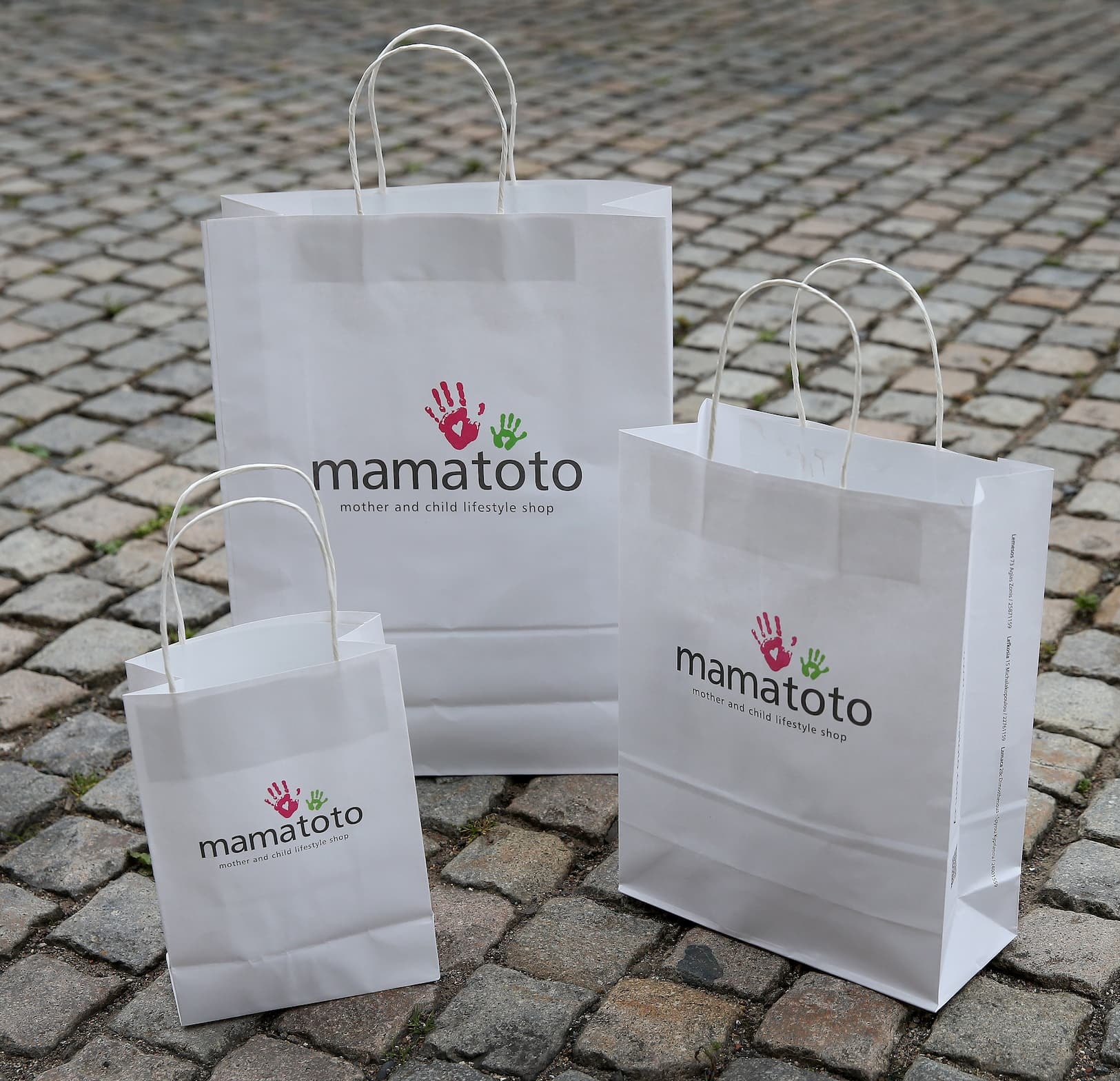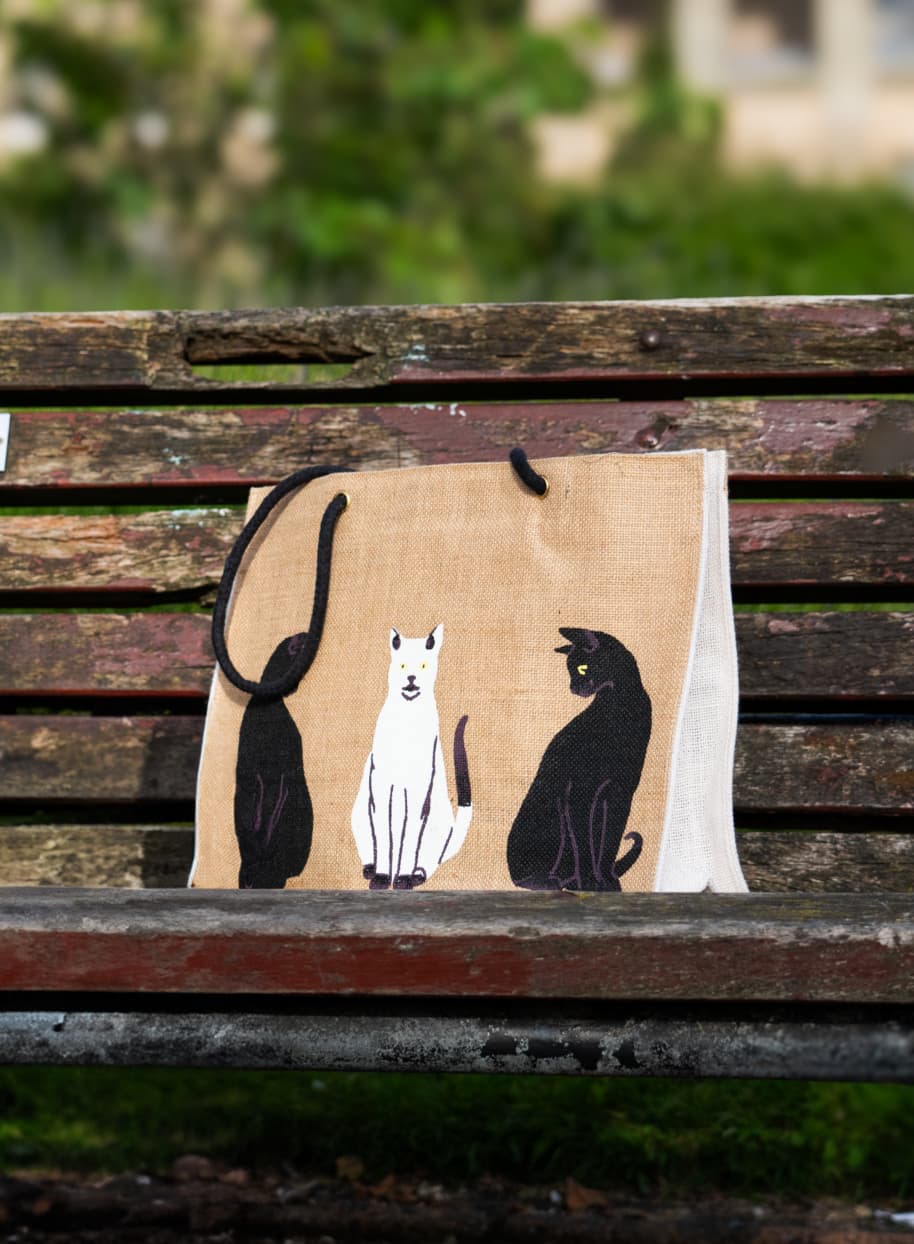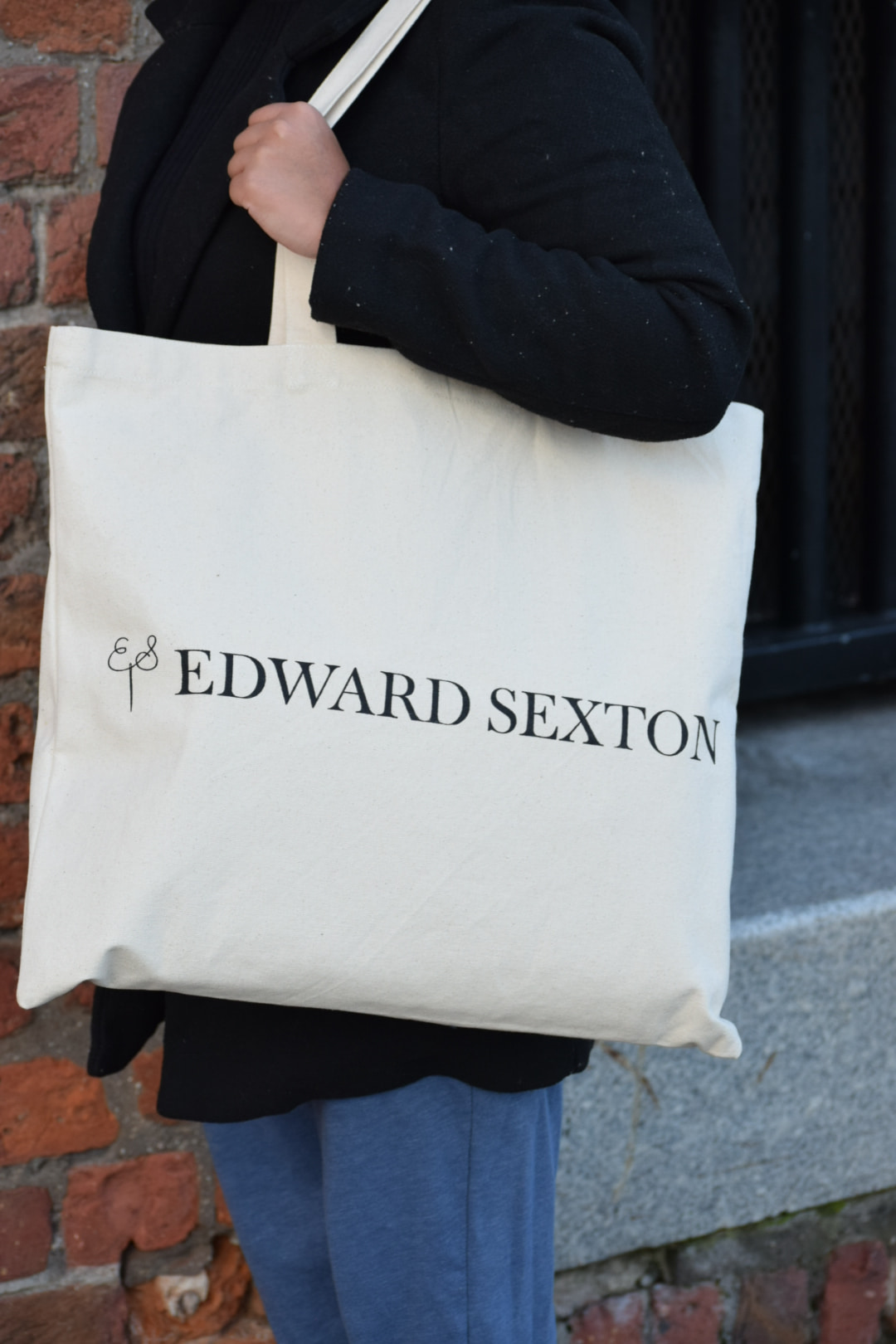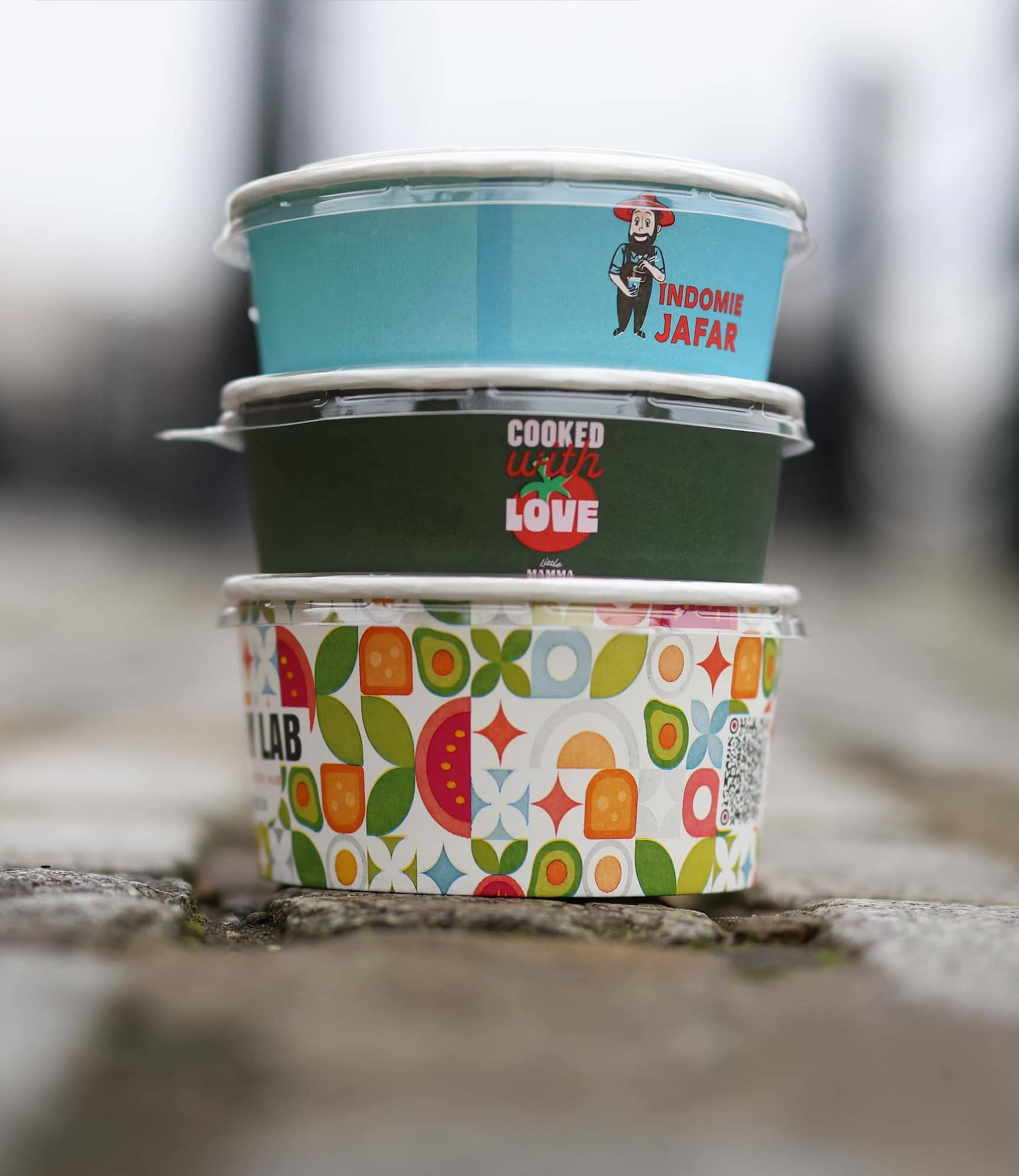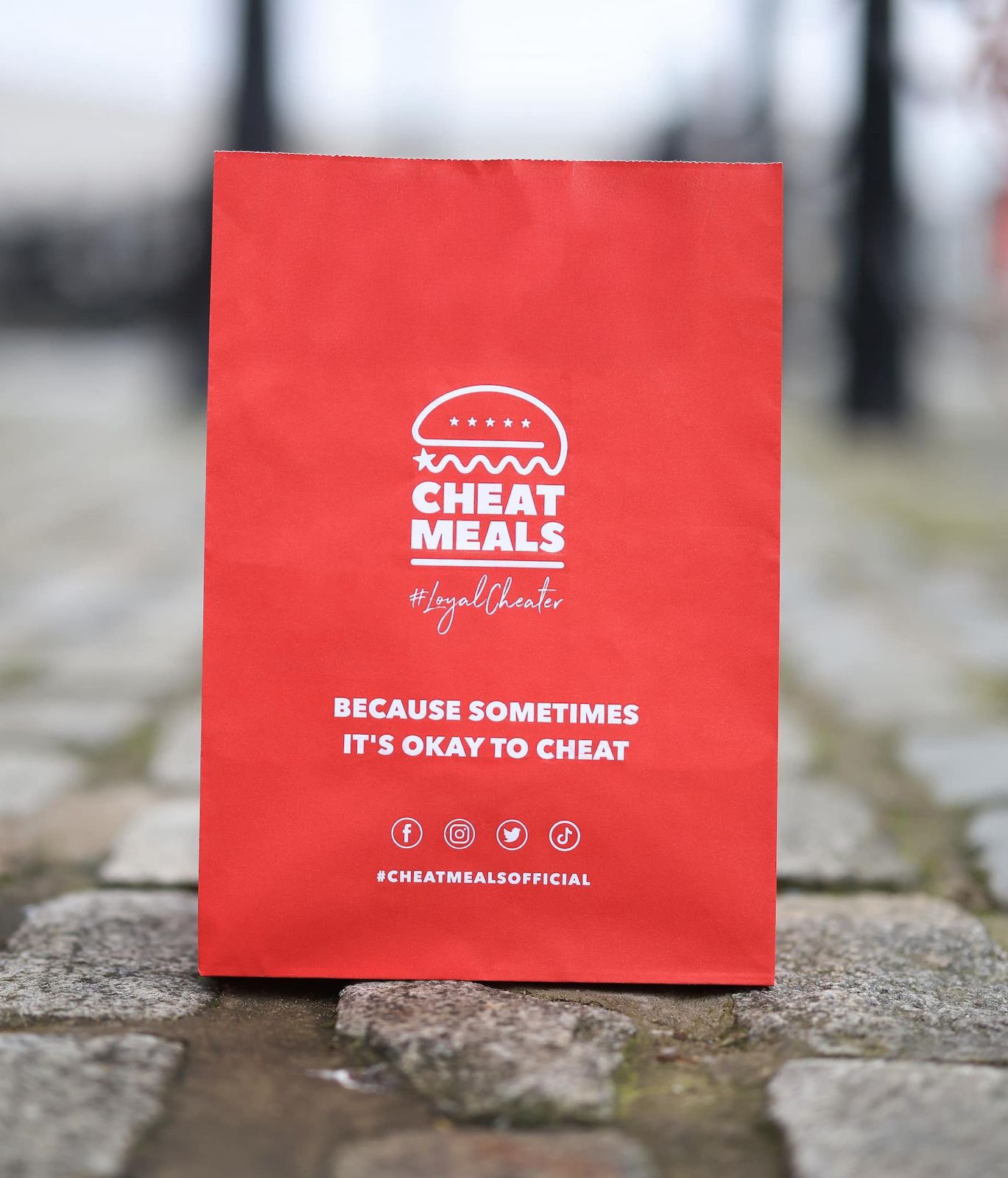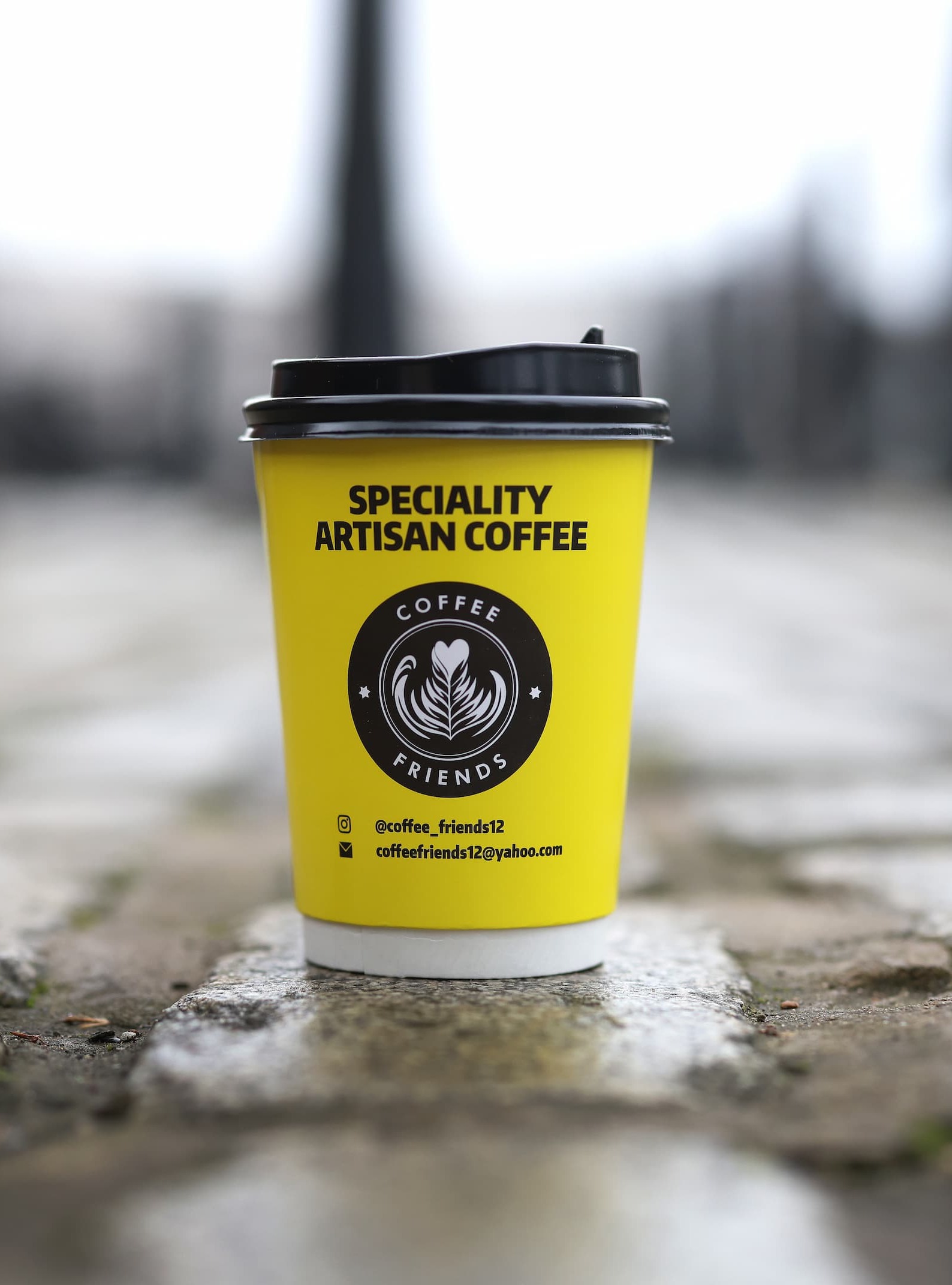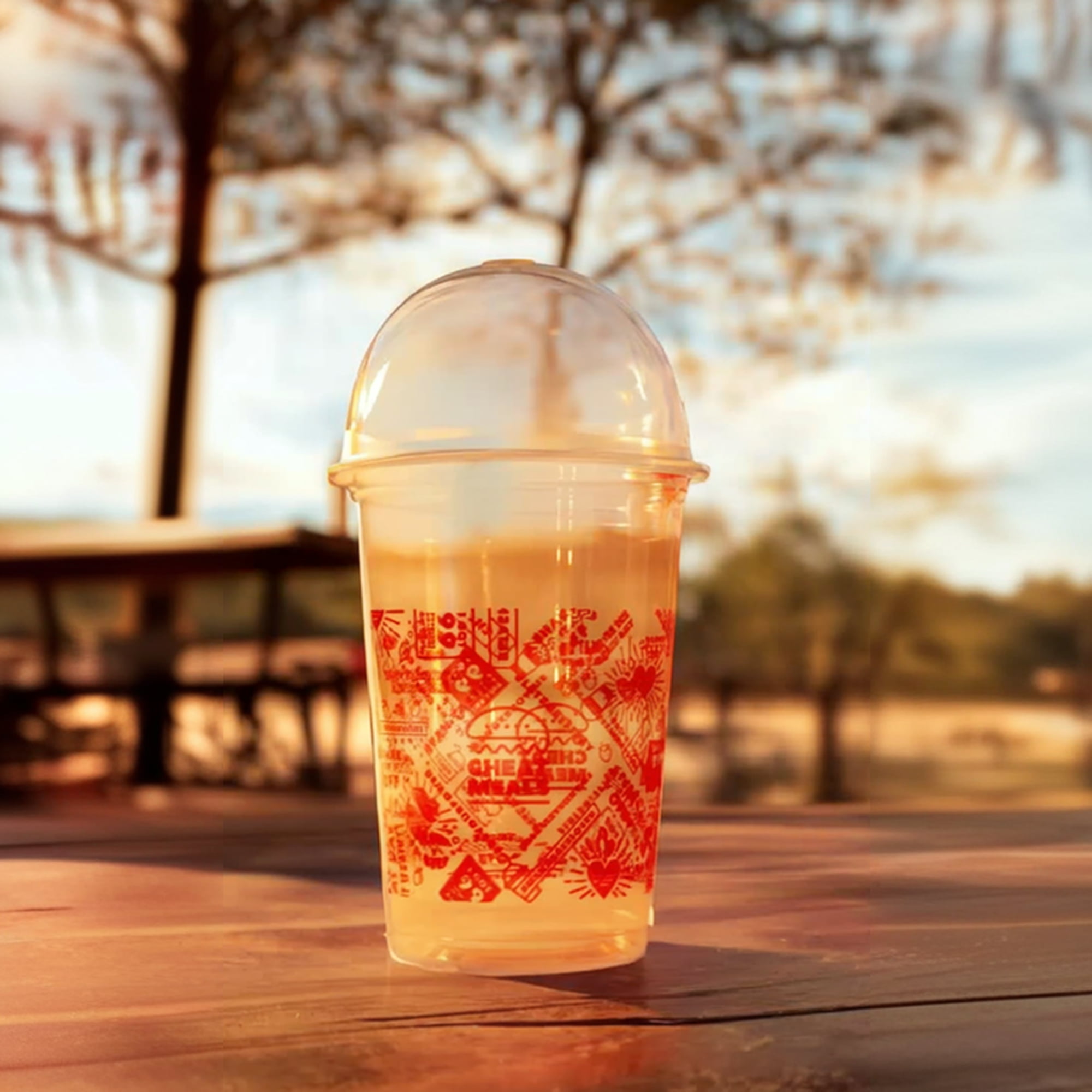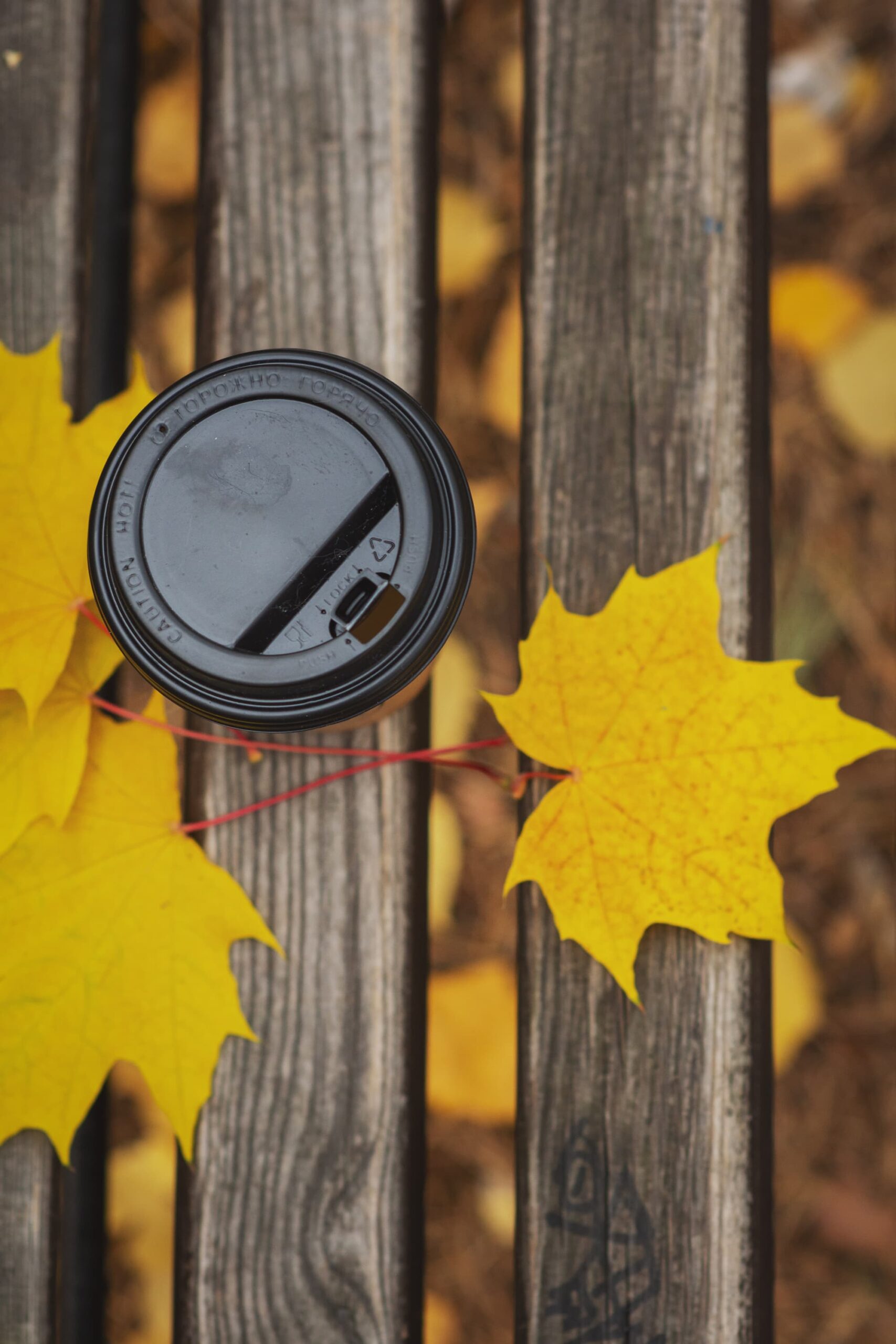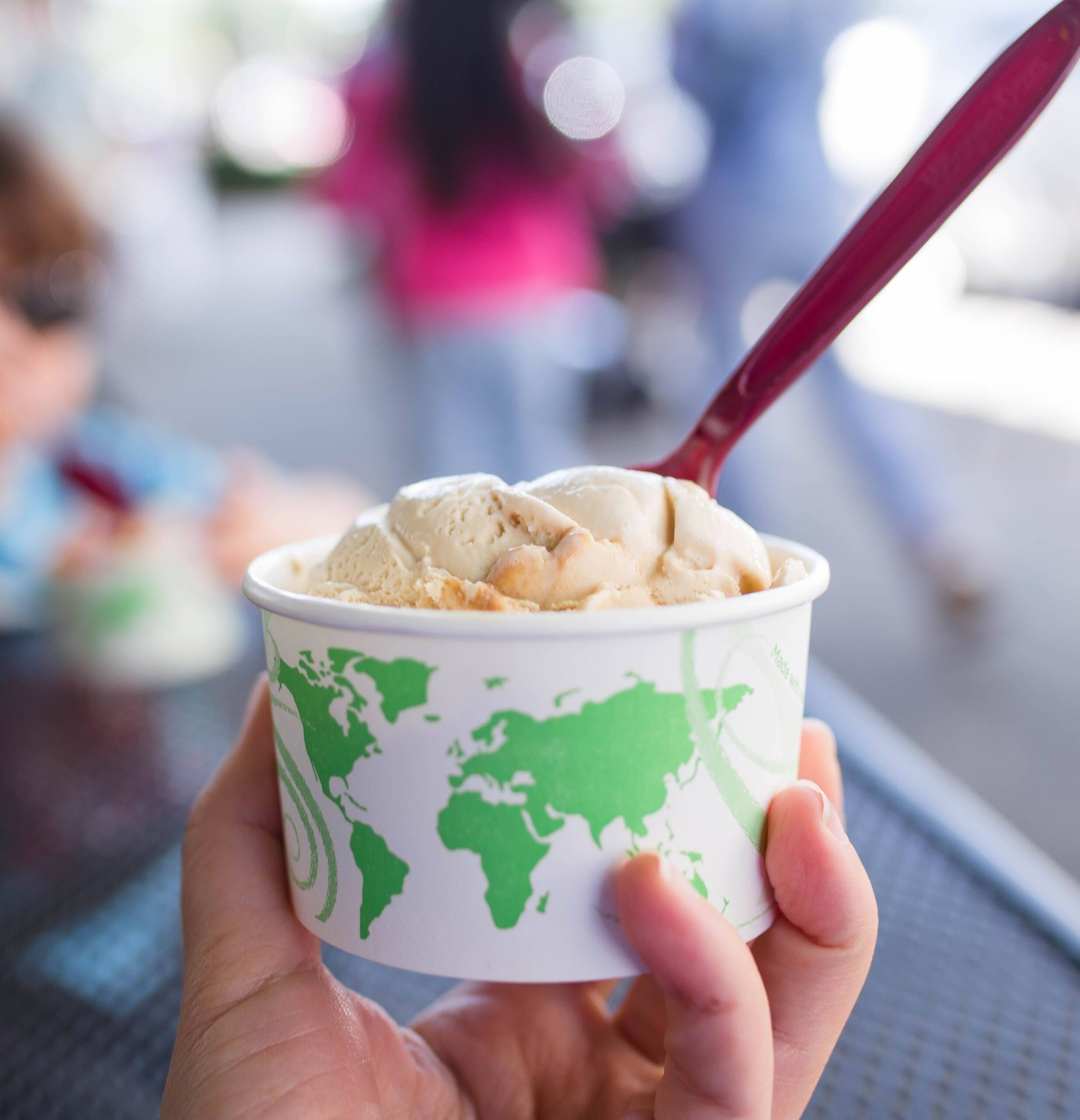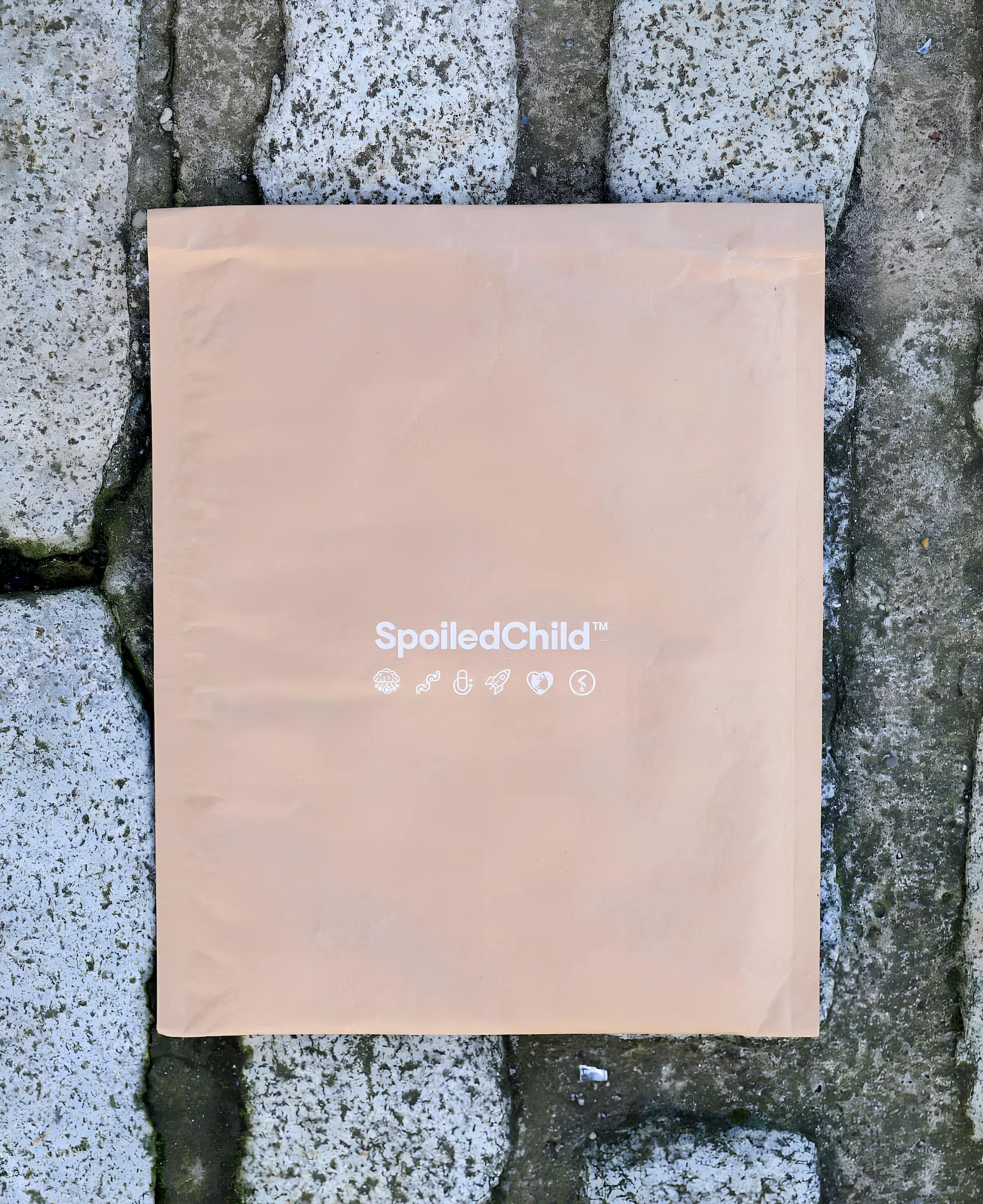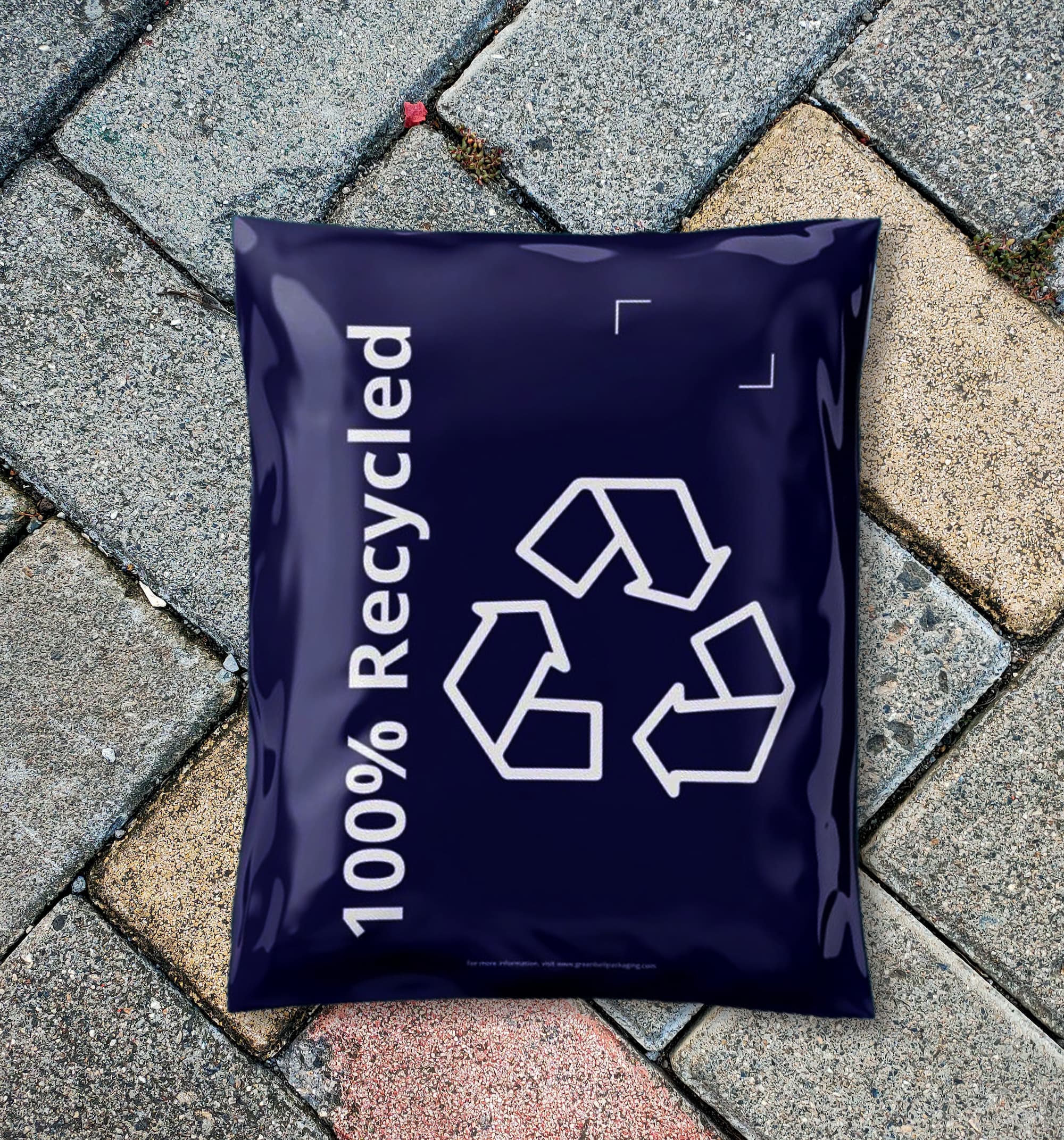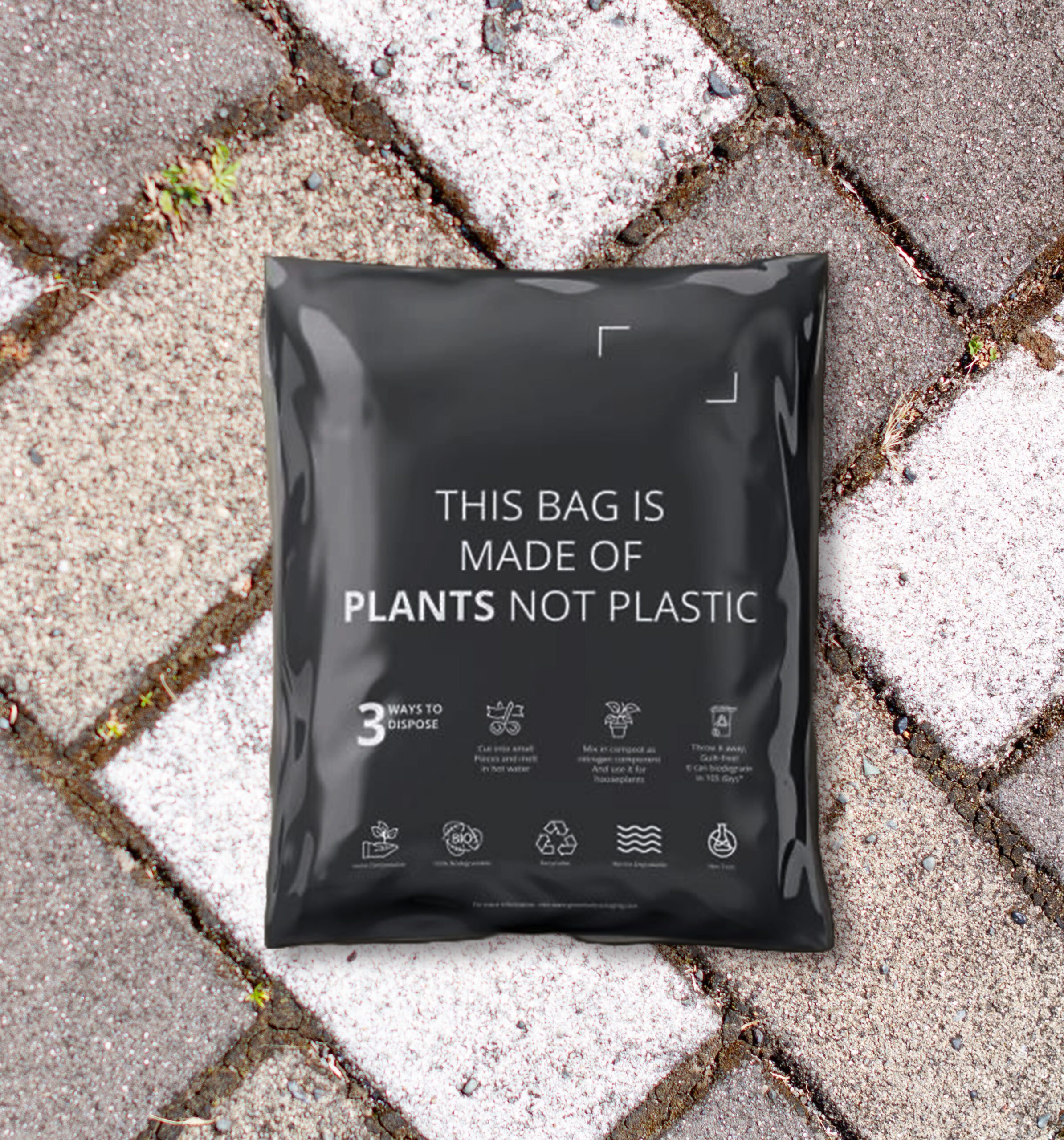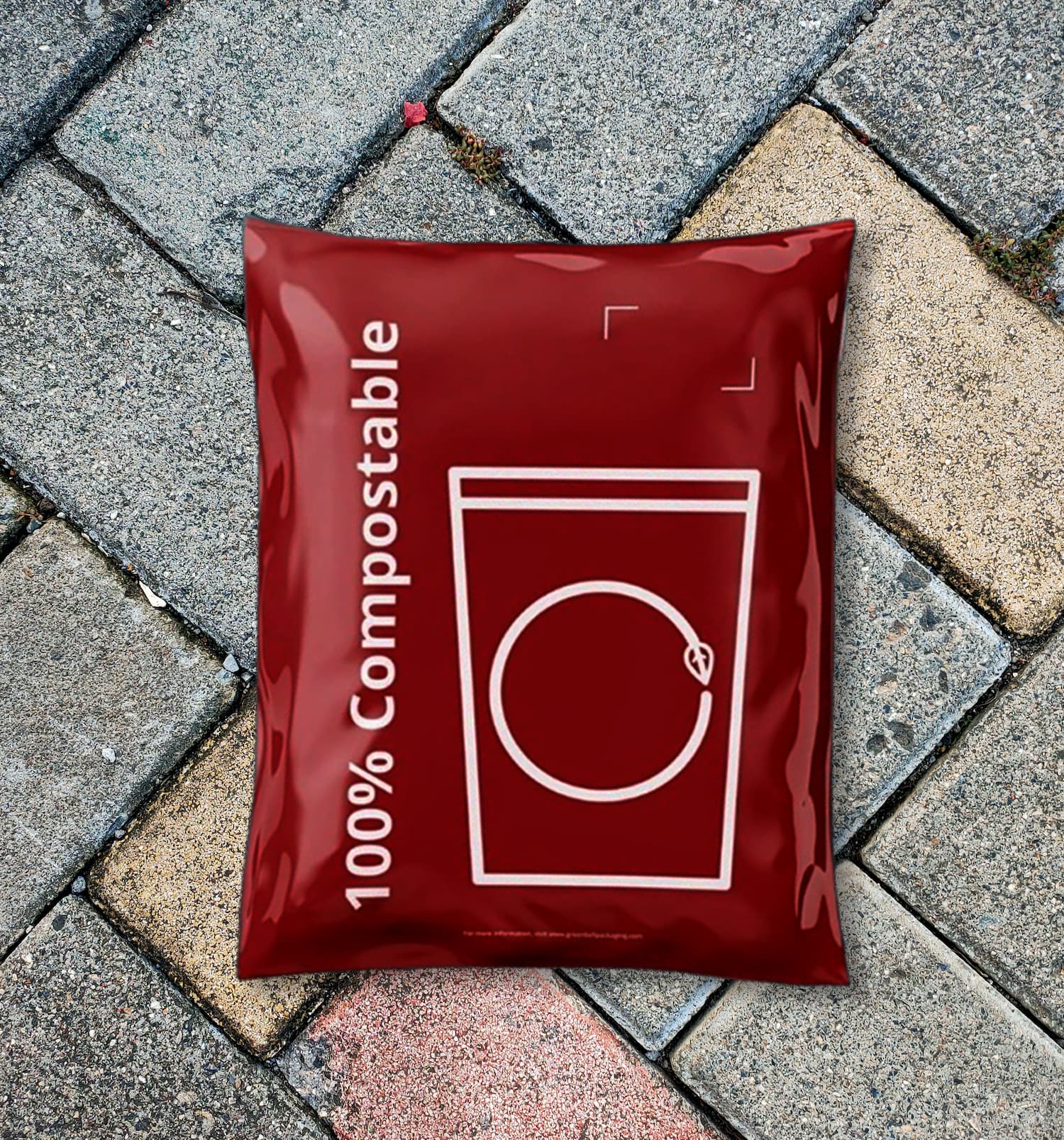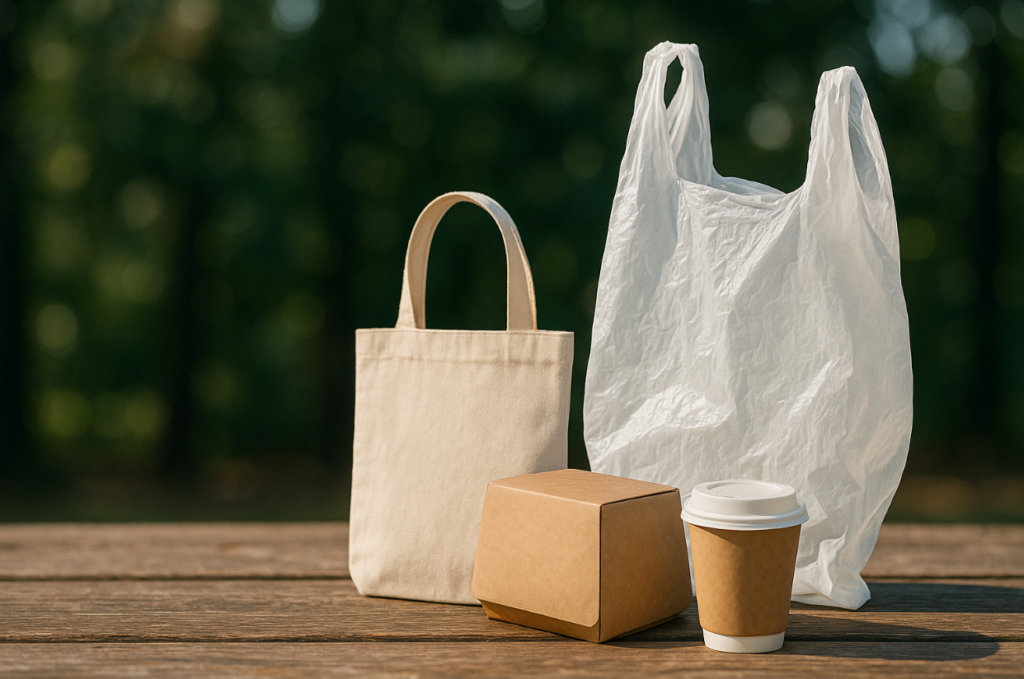The world of packaging is undergoing a radical rethink. Gone are the days when sustainability was just a checkbox. In 2025, it’s the whole form, function, and future. Whether you’re a boutique brand, a bustling café, or an e-commerce label looking to make your unboxing moment the moment. Your packaging choices say a lot.
So what’s next for packaging that doesn’t just wrap products, but also wraps up your values in one tidy, good-looking parcel?
Here are the top 5 sustainable packaging trends shaping 2025:
1. The Rise of Truly Compostable Materials
Yes, biodegradable is old news. The new buzz? Certified compostable materials that actually break down in the environments they’re promised to. Whether it’s a compost bin in your kitchen or a commercial facility, brands are now choosing materials like sugarcane pulp, bamboo fibre, and aqueous-coated paper that actually do the job.
Expect to see packaging that disappears faster than your last viral TikTok. Green Bell Packaging is already leaning into this with takeaway containers, wraps, and food boxes that look good, hold strong, and break down naturally.
2. Customisation Meets Low MOQs
Small brand? Big ideas? Low Minimum Order Quantities (MOQs) are unlocking sustainable design for startups and indie brands. No more stockpiling generic brown boxes that scream “meh.”
Now, you can:
- Add your logo to a paper bag
- Print custom art on a cotton tote
- Create limited-edition takeaway boxes for a campaign launch
Green Bell’s low MOQ program is built exactly for this. Letting brands start small, stay sustainable, and scale smartly.
3. Functional Aesthetics: Packaging That Performs & Promotes
2025’s consumer wants it all: looks, loyalty, and less landfill. Packaging now has to serve dual purposes:
- Be functional (leak-proof, stackable, sturdy)
- Be fabulous (Instagrammable, brandable, eye-catching)
Think: compostable coffee cups with matte finishes, jute bags with woven brand tags, or takeaway pizza boxes with bold, eco-ink typography. It’s not about either/or anymore. It’s yes, and more please.
4. Smart Sustainability: Packaging That Talks Back
We’re not saying your cotton tote is going to whisper sweet eco-facts to your customers (yet), but QR-coded packaging is giving brands a way to:
- Share their sustainability journey
- Give care and reuse instructions
- Offer discounts for return/refill programs
It’s all about turning the moment of unboxing into a moment of connection. Bonus: it builds customer trust and loyalty with every scan.
5. Multi-Purpose is the New Minimalism
Minimalism has matured into intentional multi-use. Today’s packaging isn’t just single-use. It’s:
- A cotton tote that doubles as a shopping bag
- A jute bag that becomes a storage organiser
- A paper bag that folds flat for reuse
By designing packaging to be kept, repurposed, or refilled, brands aren’t just reducing waste. They’re staying in customers’ hands longer. Talk about stickiness.
Final Thoughts: Good Packaging Is Good Business
2025 is proving that sustainable packaging isn’t a compromise. It’s an upgrade. It protects your products and your values, communicates your brand and your care, and shows your customers that you’re not just in business. You’re in it for good.
Whether you’re looking for custom-printed paper bags, stylish cotton totes, or practical food-grade takeaway containers, Green Bell Packaging is your partner in planet-friendly progress.
Let’s make 2025 the year your packaging starts doing more than carrying your product. It carries your purpose.
